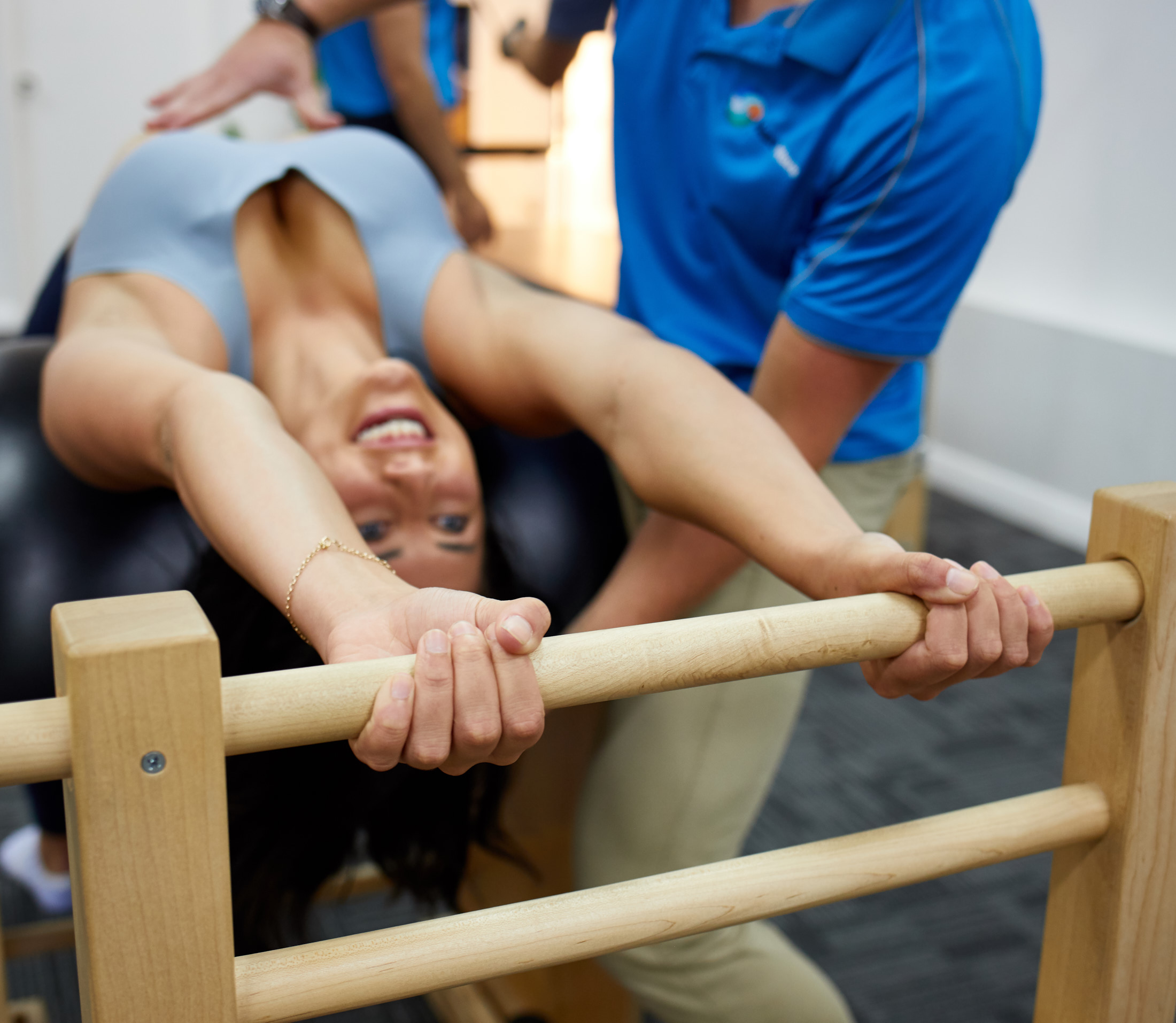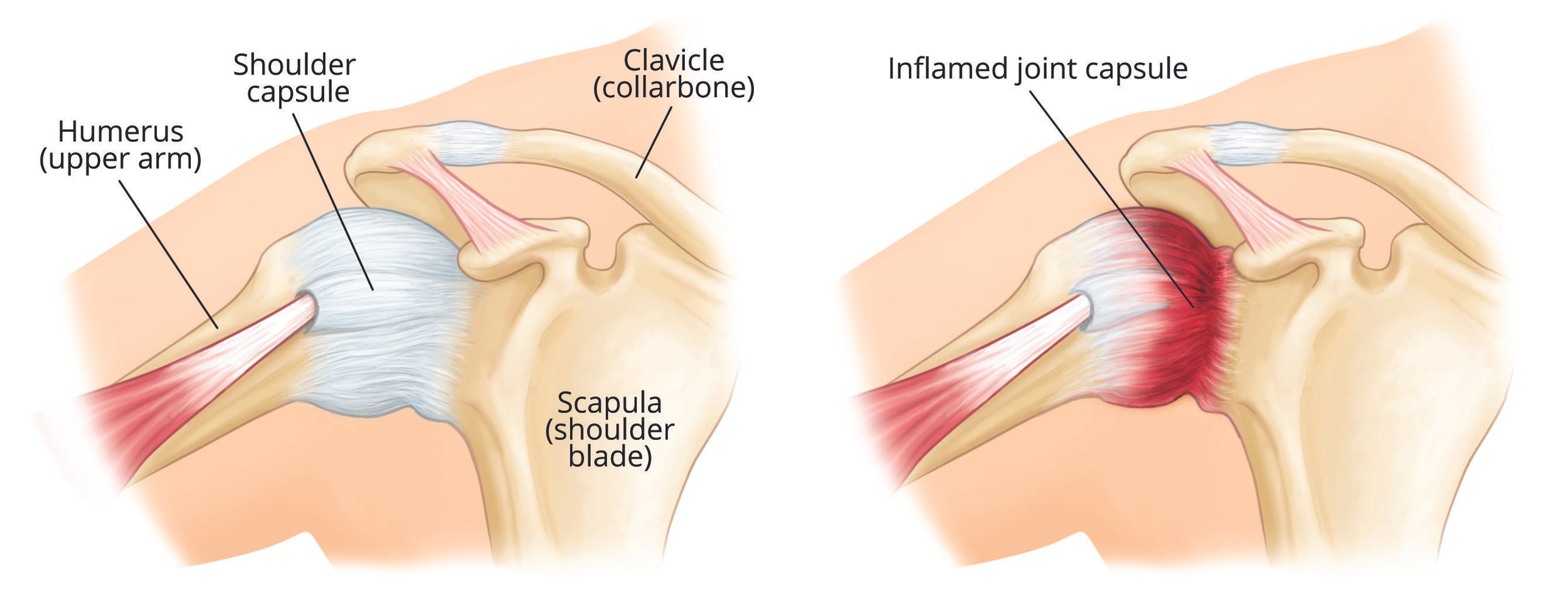Health, happiness and longevity with exercise and resistance training.
Principles of exercise and resistance training have always been part of physiotherapy treatment guidelines. This approach has multiple health benefits, in particular in cardio-respiratory fitness and heart health.
Maintaining heart health in the form of cardiovascular endurance is the biggest predictor for long life and enhanced quality of life amongst humans. The need to maintain a healthy heart has always been well understood by the population and the medical field. However the most effective means by which we can achieve this has received little press.
Cardiac Rehabilitation
Cardiac Rehabilitation is an ongoing program which begun in Australia 1998 by the Australian Heart Foundation. Since its inception, the guidelines have undergone a few updates (2004, 2014) but the principles have remained largely the same. Cardiac rehab begins in the hospital and has 3 distinct stages.
The idea of this program is to treat individuals with heart complications using an individualised exercise program focusing on aerobic, endurance and strength training. The ultimate goal is to make positive lifestyle changes which promote ongoing exercise as maintenance.
However even those people without a heart complication should be keeping in mind some form of preventative/maintenance program. The World Health Organisation recommends 150 minutes of moderate intensity, heart raising exercise per week, including 2 resistance sessions a week… do you manage to achieve this? These guidelines represent a minimum requirement for improving your health and fitness (however recent research would suggest that even 50% of this is enough to have a maintenance effect on your health and fitness). This becomes especially important as your age starts to creep up!
What does a typical program look like?
A cardiac rehab program will typically include a 20-30 minute light to moderate intensity walk, a warm up, resistance training and a cool down. The walk is considered to be a home exercise program and should be completed every day! The resistance training (which includes warm up and cool down) however, is recommended to be completed twice per week.
So all in all, that’s 7 walks and 2 resistance training’s per week. This recommendation extends across all 3 stages!
That’s a bit of resistance training… so what exactly is that?
Well resistance training is any form of exercise which aims to train muscles by using an external force (weights usually).
Previously, there has been a bit of a misconception that activities such running, swimming and cycling are the only way to improve your heart health. We are now acutely aware of the fact that this is simply just not the case.
Resistance training has been increasing in popularity amongst professionals in the health field due to a large number of high quality studies which have looked into it more and more. Resistance training has a few key benefits. Firstly, it is easy to adjust to whole body training, meaning you can train various muscles and body systems at once. Secondly, the intensity is very adjustable… too light? Add weight… too heavy? Reduce weight, easy! Lastly, it is easy to modify how you complete exercises in order to target different muscle characteristics (higher repetitions = endurance, lower repetitions = strength).
So resistance training is a good way to train your body, how does this improve your heart?
There are a few reasons that our hearts begin to have problems. The two main reasons include: increased blood pressure in arteries and veins (makes heart work harder to pump blood), decreased strength of heart beat (makes heart have to beat faster as can’t pump as much blood). There are naturally quite a few reasons that either of these may occur. Regardless of the reasons however, resistance training can help to improve both of these.
Increases in blood pressure happens when blood gets caught up in your arteries and veins. This can occur due to arteries becoming less elastic, increases in fat build up, or decreases in vessels for the blood to travel to. Resistance training builds muscle mass, which creates more vessels for blood to travel to. Working on strength will also reduce fat build up, as well as increase blood flow through arteries and veins during exercise. This helps to maintain the elasticity of your veins and arteries (as they constantly have to fill and empty as blood pumps more often during exercise). Resistance training is able to work on all 3 of these factors at once.
With a more sedentary lifestyle and increased age, comes a decline in what we call stroke volume (how much blood your heart can pump with 1 beat). Resistance training causes a demand for blood in your muscles as they need oxygen to be transported. By regularly creating this stimulus your heart, like your muscles, will make gains in strength and be able to pump more blood per beat.
Let’s summarise that…
Heart complications usually occur due to increases in blood pressure, and decreases in stroke volume. These changes occur largely due to: increase in age, decrease in activity, and increase in fat. Through resistance training we can essentially train your heart as well as your muscles, decreasing blood pressure, and increasing stroke volume. In order to be effective in our training we must complete at least 2 resistance training sessions a week (even the World Health Organisation recommends this!).
So… you are saying that I can improve my heart health without going for runs?
Yes… Yes I am.
If you would like to get started on improving your heart health to lead to improve longevity in your quality of life. Feel free to come and have a consult with one of our excellent physiotherapists. They can either take you through a supervised resistance program, or write you an individualised program for you to take away and work on.
Written by Zac Betts (Physiotherapist)
Zac has a particular interest in sports related injuries, shoulder and knee complaints. Initially drawn to Physiotherapy through his extensive sporting history and own injury rehabilitation, Zac is passionate about movement based rehabilitation.
Copyright Next Wave Therapy








